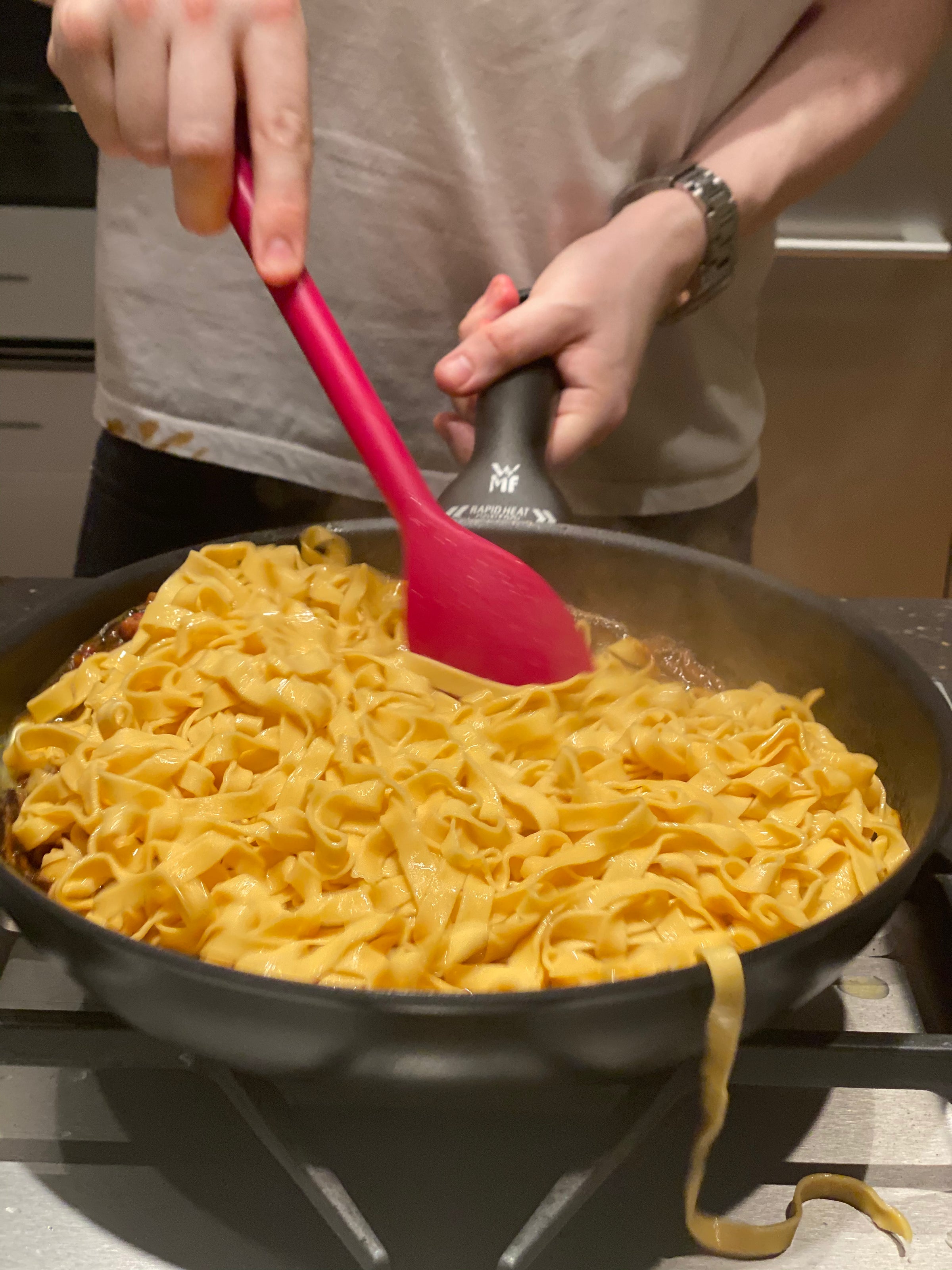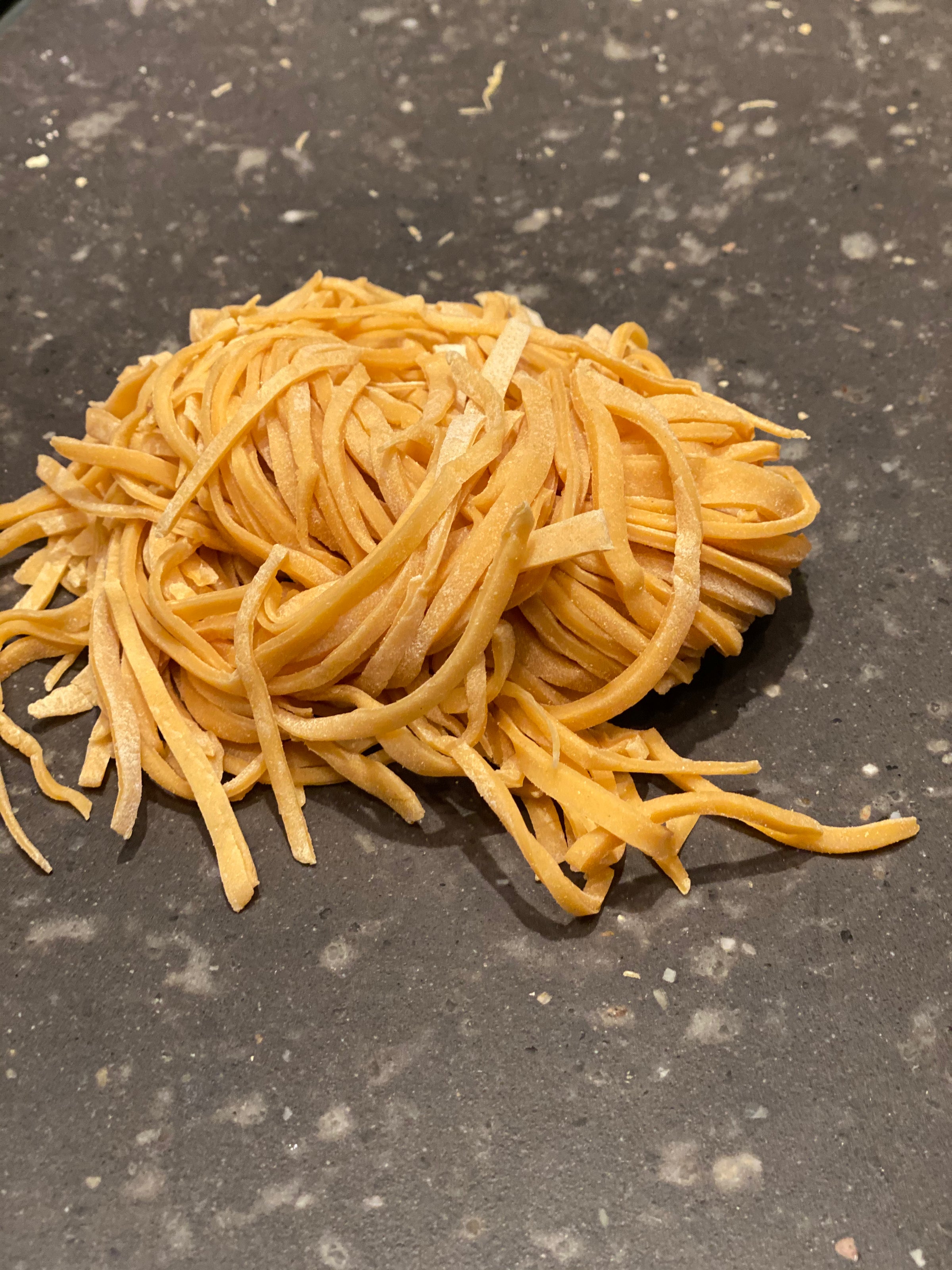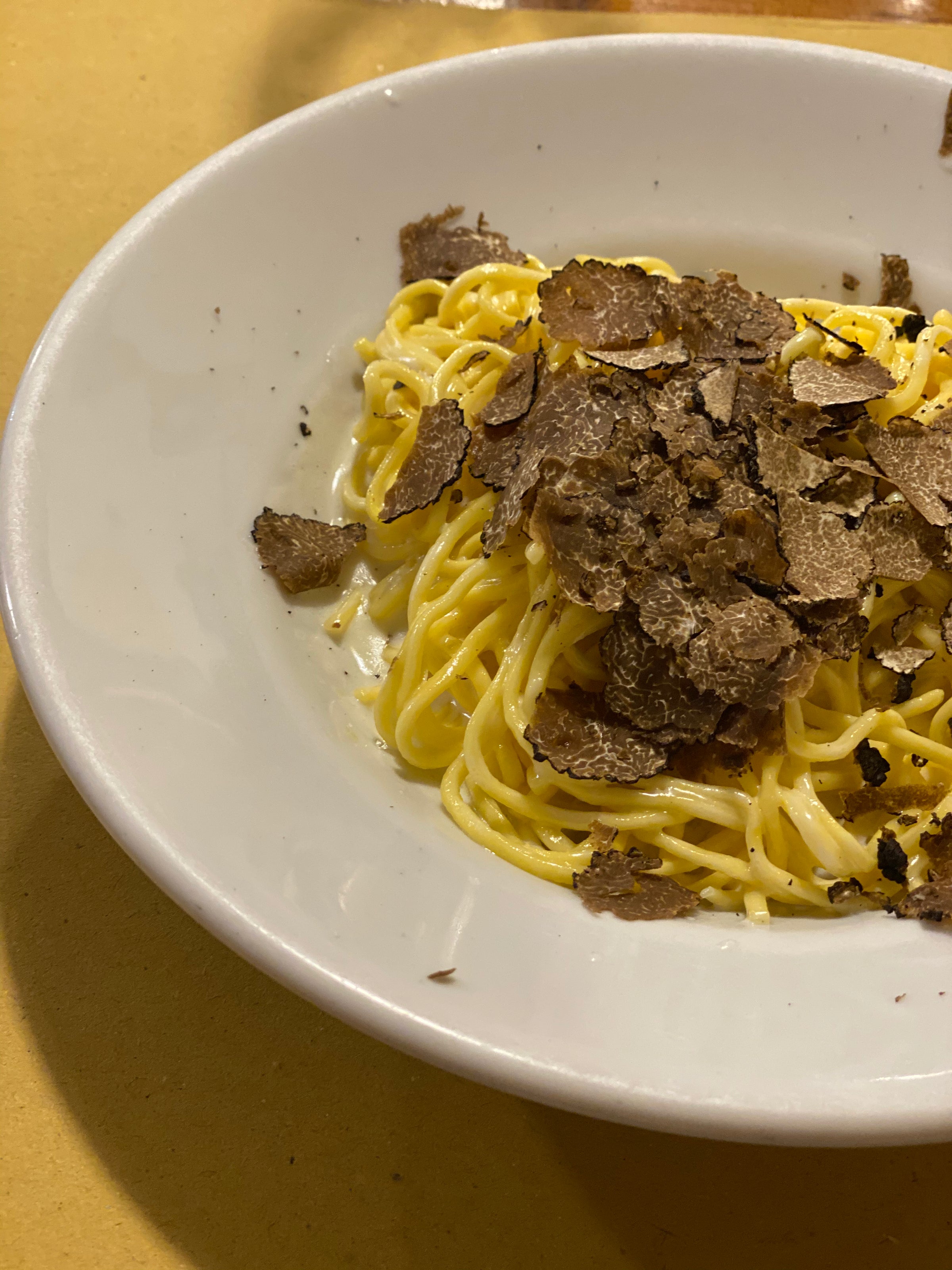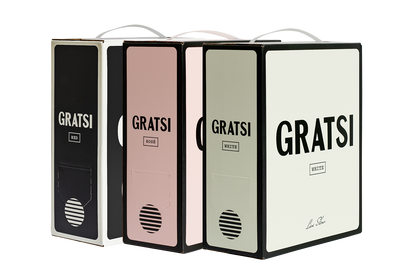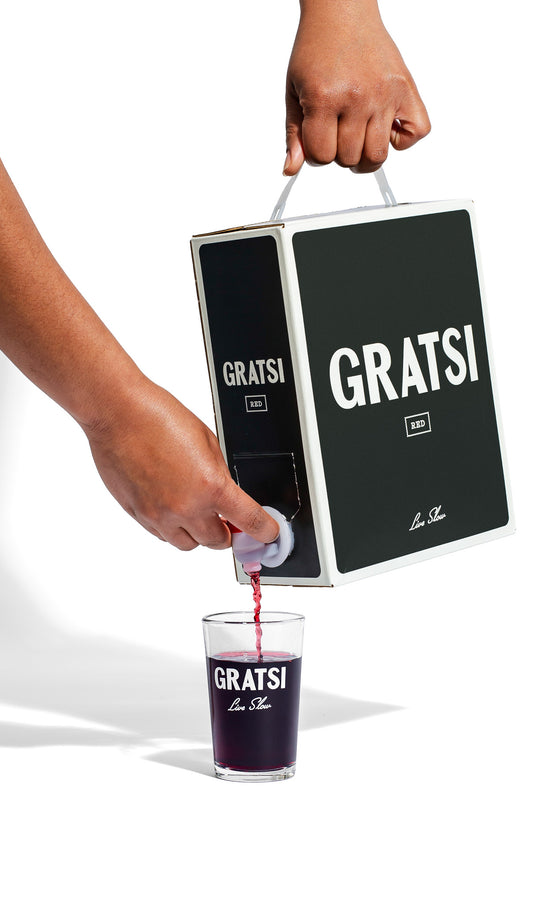Pasta Recipes and their Italian Region

Famous Dishes by Province
Pasta Recipes and their Italian Region
By Antonia Fest
January 19, 2023
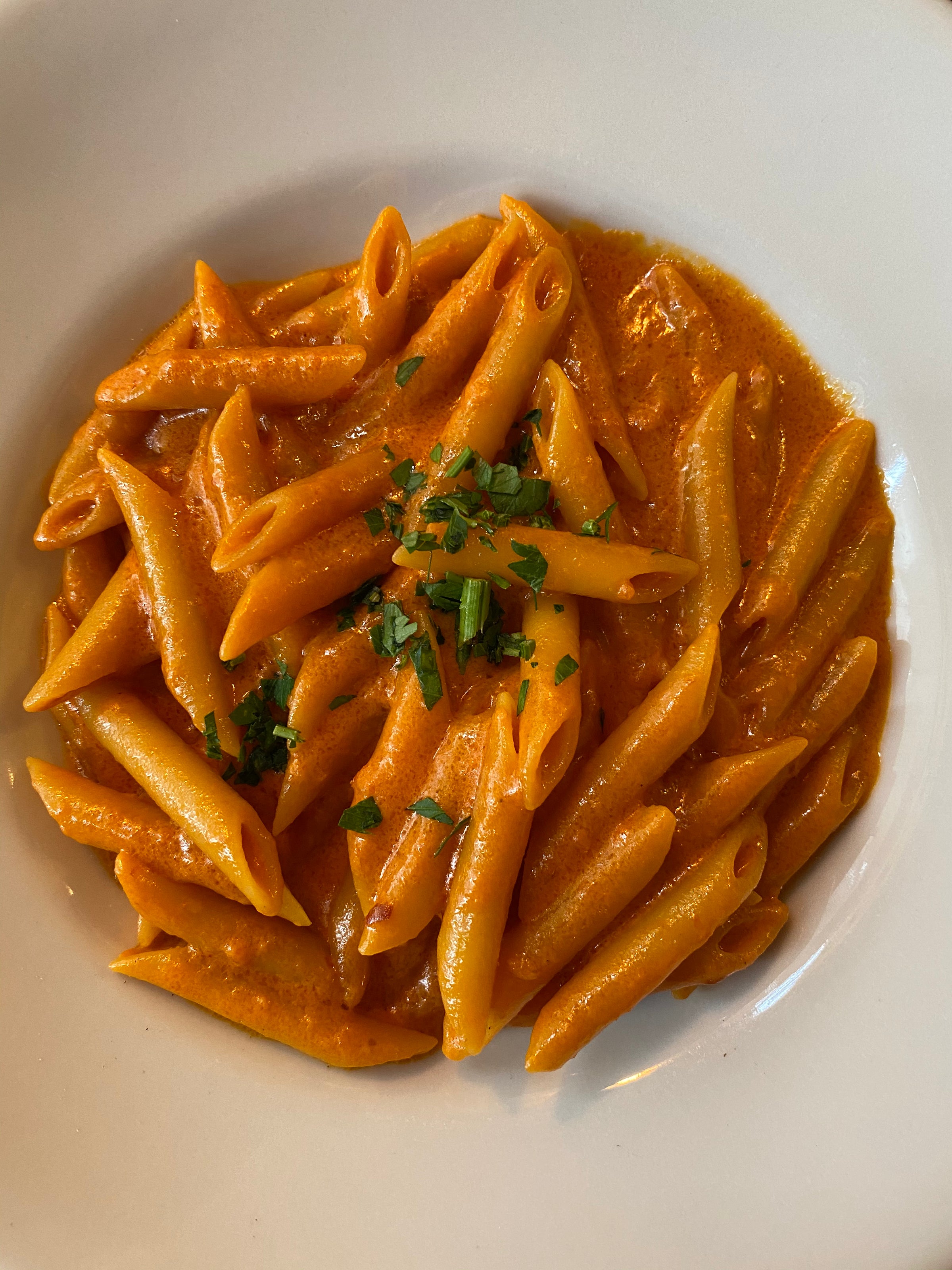
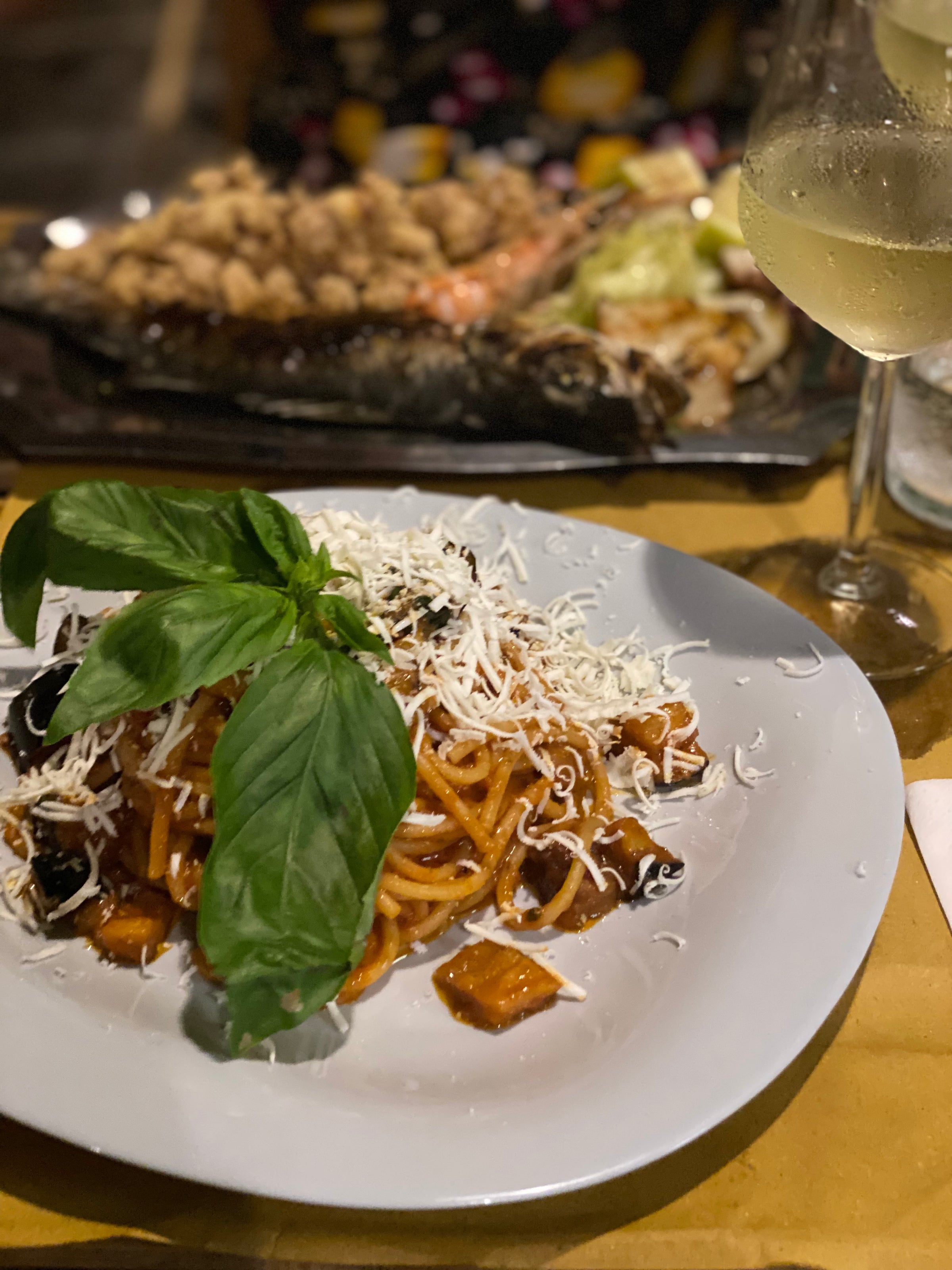
It is impossible to deny that pasta is one of the world’s most adored ingredients. Made with humble, uncomplicated ingredients (usually just flour, water and/or eggs), it can be twisted, twirled, rolled and moulded into endless varieties. Usually pasta is shaped in a certain manner so that it binds with its accompanying sauce in the most satisfying of ways. Thousands of pasta dishes emerge from every corner of Italy, and there is no way of reaching a consensus on which is the best.

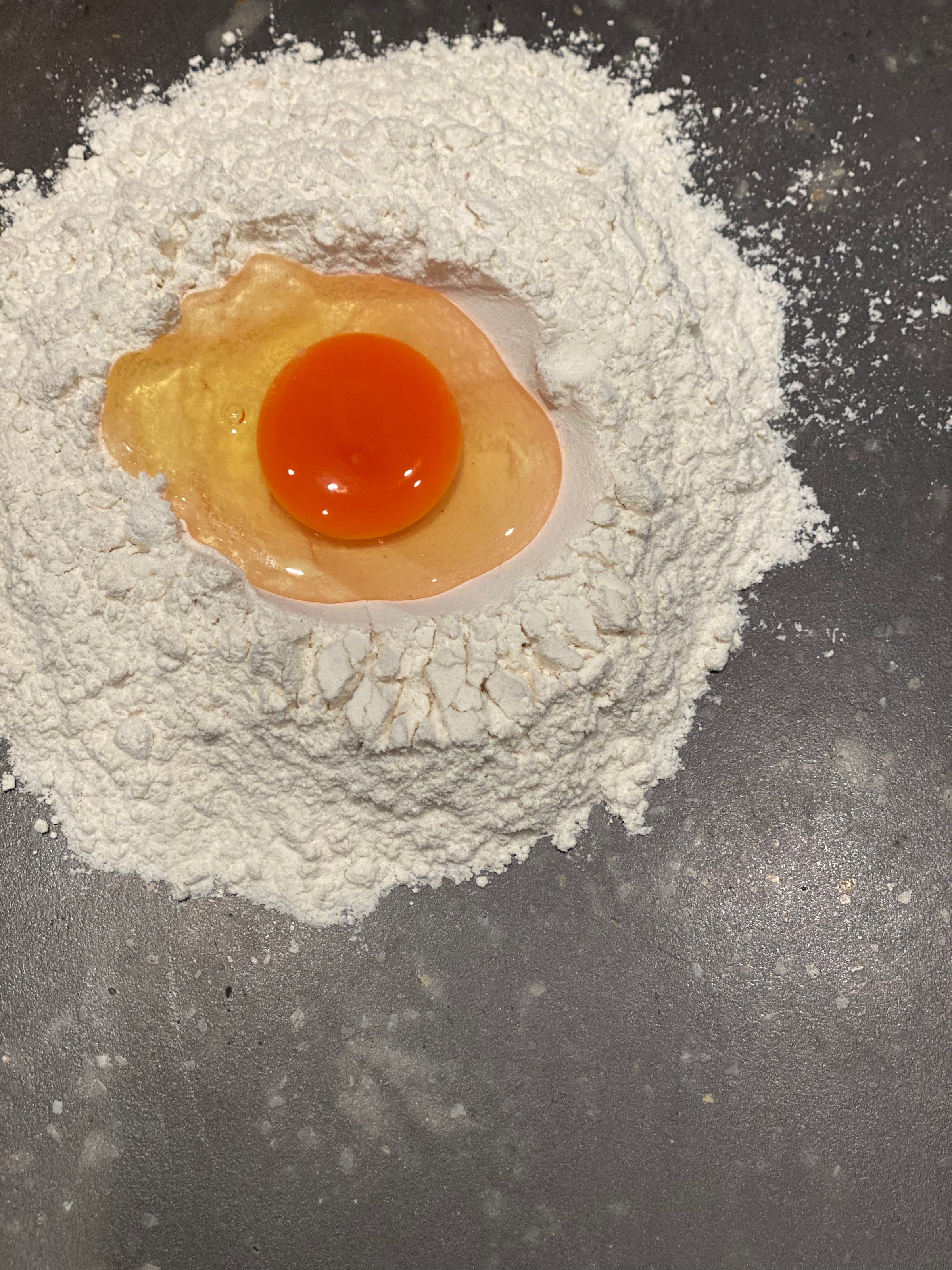
Due to Italy’s varying terrains and even their varying cultures, each province boasts a famous pasta dish which instills a regional pride. Italy is still a very young country – it was reunified in 1861 – meaning that there are still noticeable differences in the customs and habits of every region. This has influenced the cuisine and with pasta taking the forefront, it is interesting to understand the histories and origins of some of the most renowned dishes throughout the country. Despite the never-ending range of pasta sauces which reflects the regions’ history, agriculture and tradition, there is one overarching philosophy which runs through every pasta recipe regardless of its origins: simple, local, and few ingredients are the key to a perfect plate.



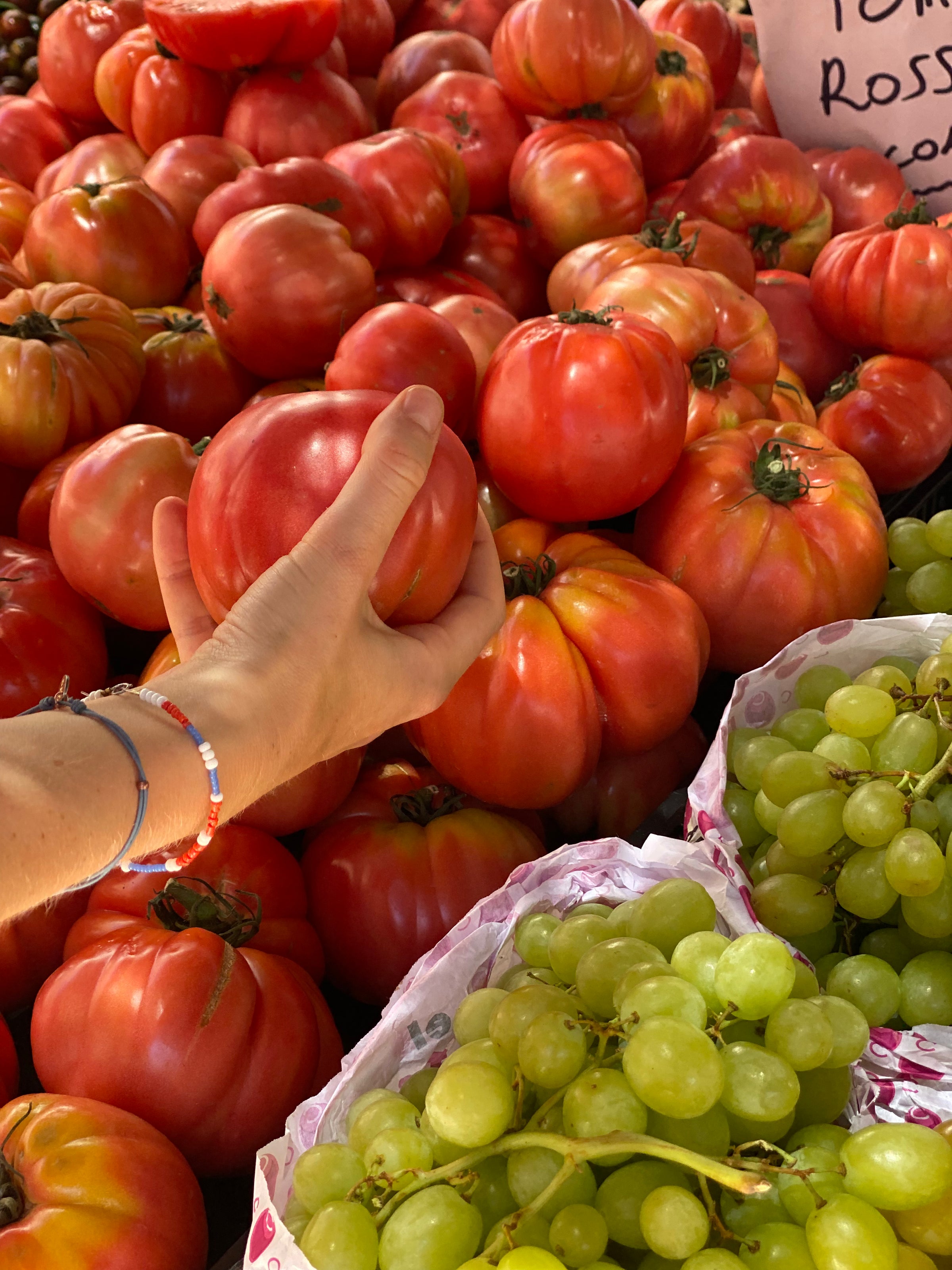
PASTA ALLA NORMA, SICILIA
Originating in the eastern city of Catania, thepasta alla normais one of the purest representations of the island. The name refers to the opera ‘Norma’ which was composed by Vincenzo Bellini who was born in Catania. Some say that the dish was created in honour of the opera’s world premiere in December 1831. Others state that when fellow Catanese playwright, Nino Martoglio, tasted the dish for the first time he exclaimed ‘Chista e’ ‘na vera Norma!’ which is Sicilian dialect for ‘Now this is a real Norma!’ The ingredients are rustic and humble but when combined, they create a dish of hearty decadence. Using just aubergines, tomatoes, basil, garlic andricotta salata(salted ricotta), the sauce is rich, layered, strong, and wholesome which match the characteristics of the opera’s heroine whom the pasta pays tribute to. These qualities can also be used to describe the island of Sicily itself.Where to eat a delicious Pasta alla Norma in Sicily:Me Cumpari Turriddu, Catania
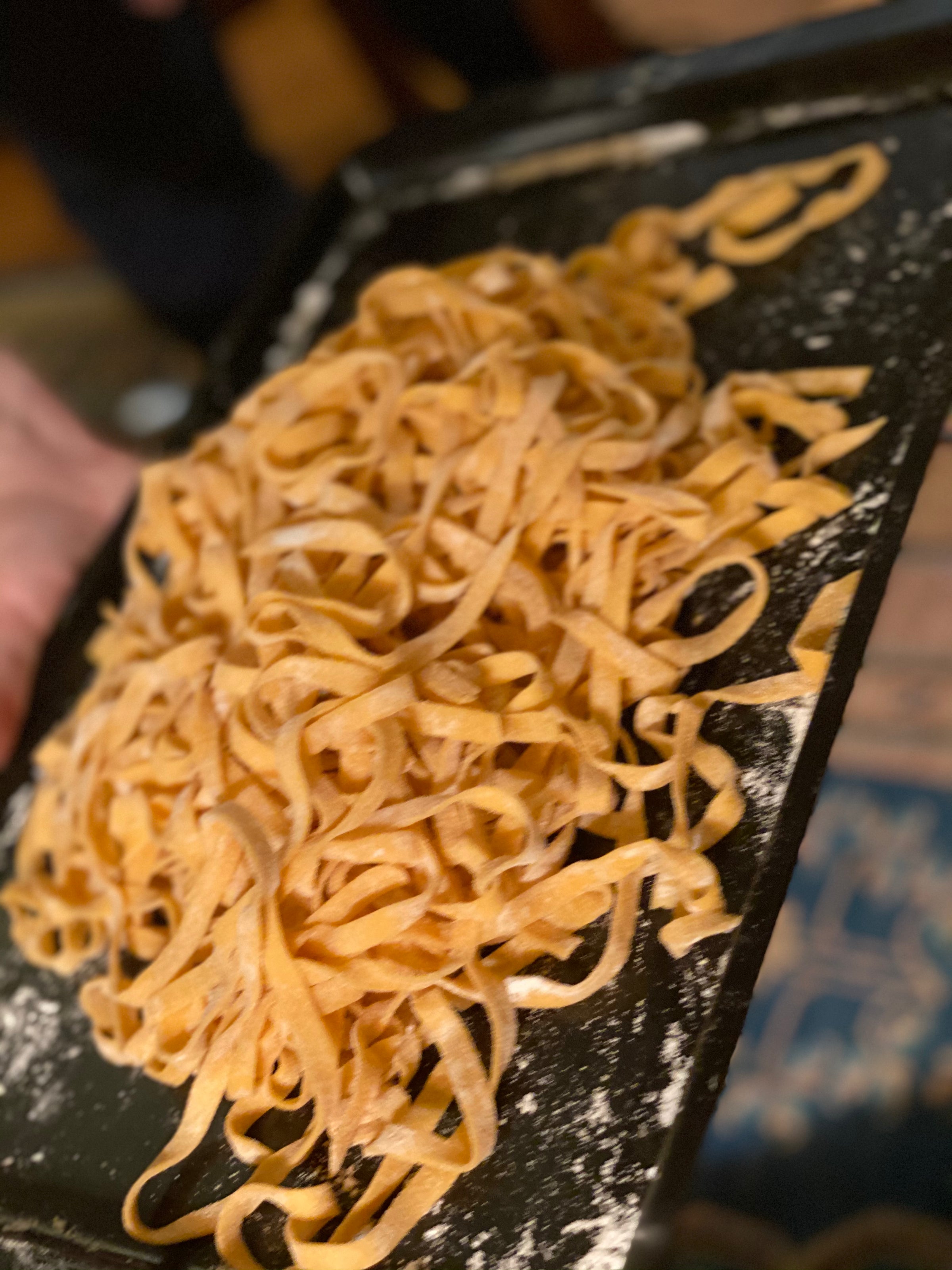

SPAGHETTI ALLA CARBONARA, LAZIO
This is one of the four cardinal pasta recipes which are tied to Roman cuisine (the other 3 arecacio e pepe, amatricianaandalla gricia). Yet whilst thecarbonarais fiercely consolidated as one of Rome’s most iconic dishes, its origins are less clear. The word comes from ‘carbonaro’meaning ‘coal burner’ so many believe that it was created as a hearty dish for working men who needed plenty of fuel during long hours of physical toil. Another theory is that the recipe was developed in 1944 when American soldiers stationed in Italy would bring their rations of bacon and powdered egg to local restaurants to spruce up their meals. Despite this international influence from the 20thcentury, thecarbonaraalso bears some resemblance to an 18thcentury Neapolitan recipe of pasta, egg and cheese. Whatever the origins may be, there is no doubting that the dish is part the Lazio region’s heritage and strict rules to make a realcarbonarahave been put in place: the meat must beguanciale(pork cheek), the cheese must bepecorinoand/orparmigiano, the egg must only be comprised of the yolk and not the white, and there must never, under any circumstances be any cream added!Where to eat a delicious Carbonara in Lazio:Roscioli, Rome

SPAGHETTI ALLE VONGOLE, CAMPANIA
Perhaps there is no other pasta dish which so fervently recalls summers by the sea more than thespaghetti alle vongole. Known in Neapolitan dialect asVermecielle cu e’ vongole, this clam-based dish is comprised of the most limited number of ingredients to give full reign to its seaborn king-component. The most original recipe usesvongole verace(‘true clams’) which hark from the coastal waters that lap against the Amalfi but nowadays other varieties are also accepted. The first recorded recipe is from the 1830 cookbook, theCucina Teopraticaby Ippolito Cavalcanti, the Duke of Buonvicino but clams have been a part of the Neapolitan diet since antiquity. Because there so few ingredients in the pasta’s original recipe – 5 to be exact - they must all be of the highest quality. There is no hiding behind bold or overpowering flavours but when the olive oil, garlic, parsley and vongole melt together and fold themselves into perfectly al dente spaghetti, the substance of simplicity is made clear.Where to eat a delicious Spaghetti alle Vongole in Campania:Osteria da Antonio, Naples

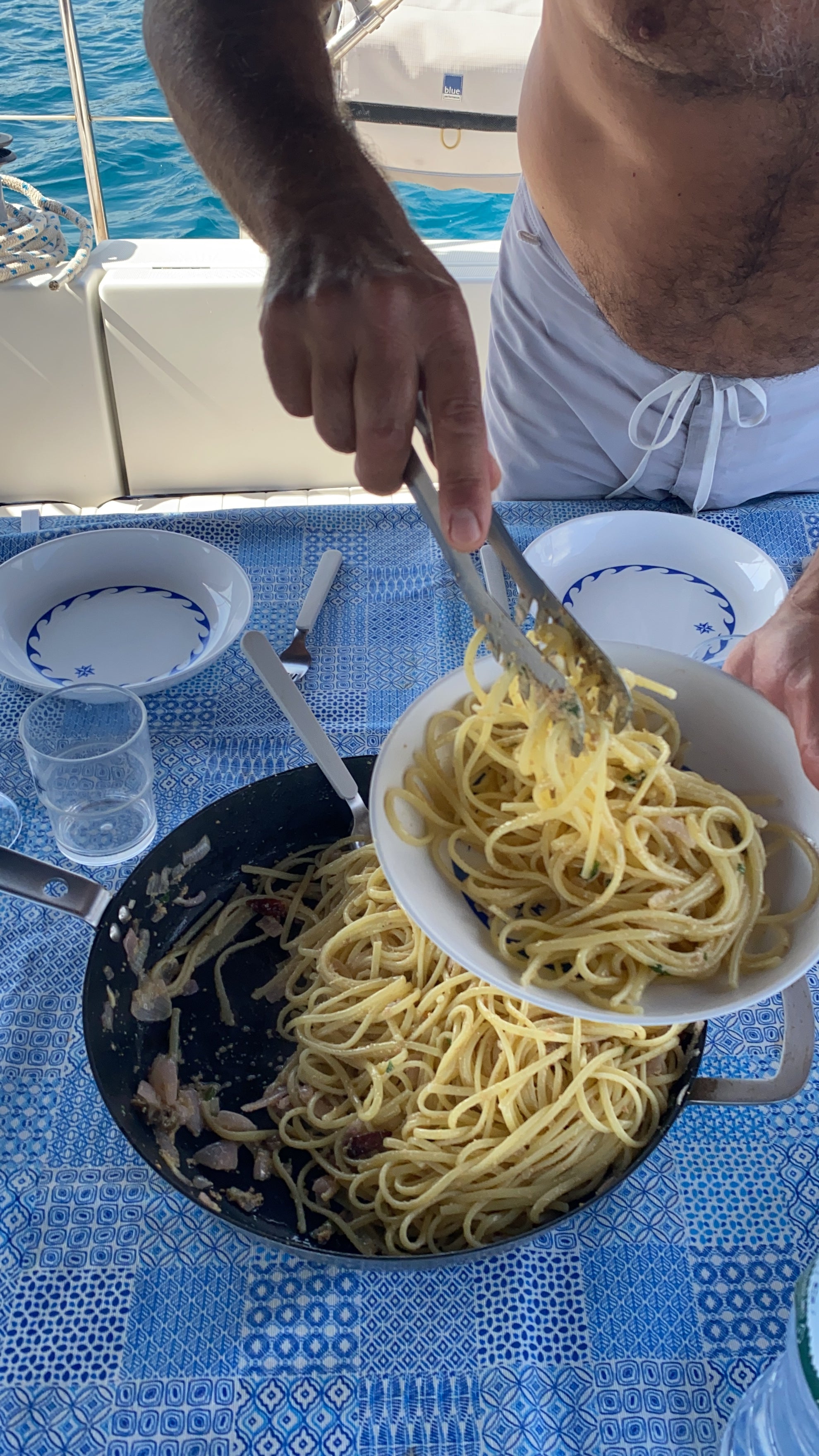
TAGLIATELLE AL RAGU BOLOGNESE, EMILIA ROMAGNA
As one of the most famous pasta dishes in the world, the widespread influence ofTagliatelle al Raguhas led to many adaptations which, some purists lament, stray a little too far from the original recipe. Its dissemination is largely thanks to British and American soldiers who brought it back home after being stationed in Bologna in during the Second World War. However, tweaks were clearly made and now outside of Italy, the most common adaptation is colloquially known as ‘Spaghetti Bolognese.’ Yet the real recipe calls fortagliatelleinstead. This is a fresh, egg-based pasta which is flatter and thicker than spaghetti and mixes better with a chunky, hearty ragu’. The rules on what constitutes a not only a perfect, but also a correcttagliatelle al ragu’have been stipulated by The Academy of Italian Cuisine who in 1972 registered the official recipe in Bologna’s Chamber of Commerce. They even specified the most ideal dimensions of thetagliatelleto produce the greatest and most delectable result. The term ‘ragu’’is linked to the French ‘ragout’and refers to a type of meat-based stew which has been cooked low and slow. Whilst the traditional recipe calls for beef as the main protein source, many regions across Italy have adapted the ingredients to complement their own local produce. You can find ragu with boar in Tuscany, wagu with duck in Venice and ragu with pork in Sicily. Where to eat a delicious Tagliatelle al ragu’ Bolognese in Emilia Romagna:Drogheria della Rosa, Bologna
